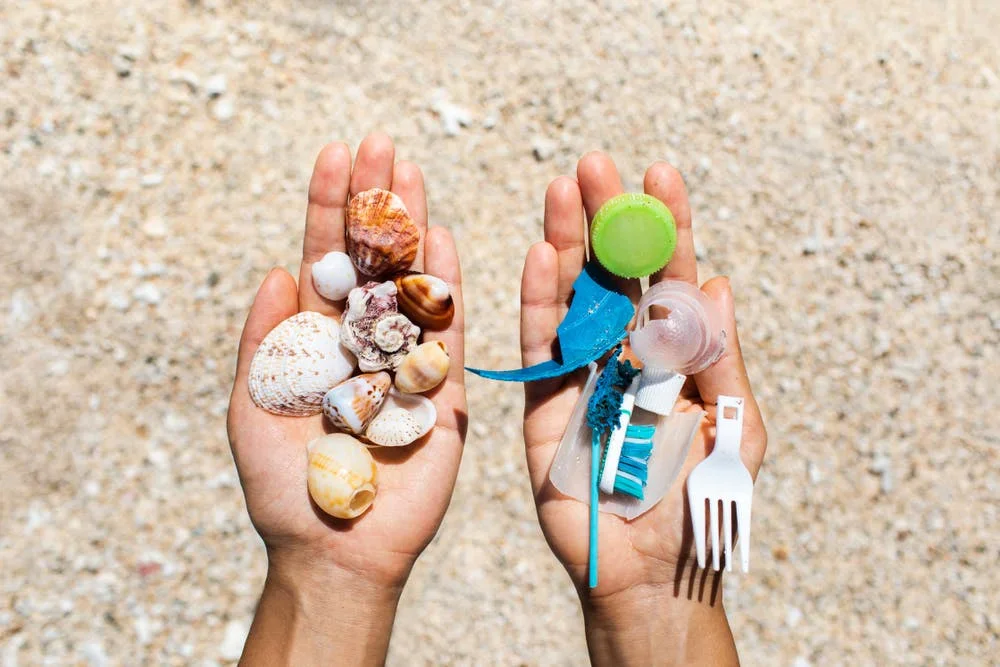Plastic, when introduced, took the world by surprise. A material so durable and cheap began to be manufactured and consumed like hot pancakes. Since then, the industry has grown exponentially, creating a world where we virtually live in plastic. In 2016, the world generated 242 million tonnes of plastic waste—12 percent of all municipal solid waste. This waste primarily originated from three regions—57 million tonnes from East Asia and the Pacific, 45 million tonnes from Europe and Central Asia, and 35 million tonnes from North America. The mountains of plastic pose a hazard to the existence of human and animal species alike. “Marine plastic litter pollution is already affecting more than 800 marine species through ingestion, entanglement and habitat change,” says head of UN Environment’s coral reef unit, Jerker Tamelander. “Waste continues to leak from land, and coral reefs are on the receiving end. They also trap a lot of fishing gear as well as plastic lost from aquaculture. With the impacts of climate change on coral reef ecosystems already significant, the additional threat of plastics must be taken seriously.” It has also been determined that approximately 100 million marine animals are killed by plastics during the course of each year. 34% of all dead leatherback sea turtles are found to have ingested plastic due to the way that plastic bags resemble jellyfish causing in excess of 1,000 deaths per year.
Biologists at the University of Victoria in Canada combined studies on the microplastic content of certain foods with dietary guidelines to estimate peoples’ plastic consumption. They found that by eating the recommended amounts of seafood, sugars, salt and beer, the average US man could be ingesting 52,000 microplastic pieces each year. For women this figure is slightly lower, at 41,000, because of their smaller food intake. Male and female children have estimated annual intakes of 46,000 and 39,000 microplastic particles, respectively.
One study estimated that one third of all plastic waste ends up in soils or freshwater. Most of this plastic disintegrates into particles smaller than five millimeters, known as microplastics, and these break down further into nanoparticles (less than 0.1 micrometer in size). The problem is that these particles are entering the food chain, and therefore, they concluded that the internal organs of the species on this planet are likely teeming with plastic particles.
Therefore, to move into a future sans plastic appears to be the need of the hour. The UN advocates the banning of single use plastic, in favor reusable plastic bags, and other plastic items. Countries like Canada, Peru and India have already banned single use plastics. Reducing Plastic Pollution requires actions from all stakeholders to encourage a more sustainable usage of plastic. Individuals need to reduce their overall plastic consumption and minimize plastic waste, the industries need to find sustainable and biodegradable alternatives to plastic, take on producer responsibility, design products to minimize the usage of plastic in them. Governments need to raise public awareness about plastic waste, restrict toxic and avoidable plastic usage, improve plastic waste management for recycling and manufacturing, and incentivize the non-usage of plastic by industries and citizens alike. The need of the hour is to combine consumer behavior and economic constrains and the amalgamation of them is the sustainable, plastic free future ahead.





